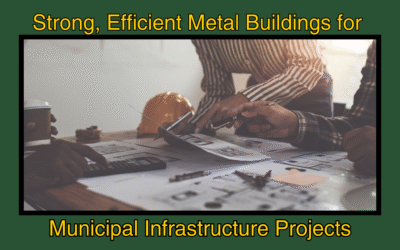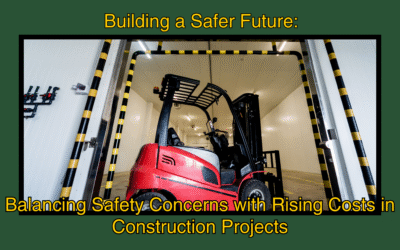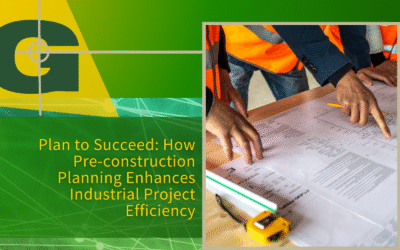Maximizing Your Location’s Flexibility: How Metal Buildings Adapt to Tenant Build-Outs
Pre-engineered metal buildings offer property owners a versatile foundation to evolve with...
Strong, Efficient Metal Buildings for Municipal Infrastructure Projects
For municipal construction, efficiency, strength, and cost-effectiveness are crucial. Metal...
Best Practices for OSHA Compliance in Commercial Construction
In the commercial construction industry, protecting workers is not just about sticking to strict...
Building a Safer Future: Balancing Safety Concerns with Rising Costs in Construction Projects
The cost of construction projects is anticipated to rise in 2025, due to supply chain issues,...
Disaster-Ready Design: How Steel Buildings Create Reliable, Resilient Buildings
In commercial construction, selecting the right materials guarantees the long-term functionality...
Plan to Succeed: How Pre-construction Planning Enhances Industrial Project Efficiency
There’s a saying that you’ll hear a lot in construction that goes, “If you fail to plan, you...






